China and ASEAN Conclude Version 3.0 FTA Talks
The official conclusion of negotiations on the Version 3.0 China–ASEAN Free Trade Area (CAFTA) marks a pivotal step in deepening regional economic integration at a time of intensifying global trade uncertainty.
Announced jointly by China and the ten ASEAN member states on May 21 via an online ministerial meeting, the agreement is set to be signed by year-end following domestic ratification processes, according to the Chinese Ministry of Commerce.
First launched in 2022 and substantially concluded in Vientiane in October 2024, the Version 3.0 upgrade covers nine chapters, with new emphasis on digital economy, green development, supply chain connectivity, and trade facilitation. The deal builds upon the original CAFTA and aligns with frameworks such as the Regional Comprehensive Economic Partnership (RCEP), signaling a continued push toward harmonized standards and inclusive growth.
“This sends a strong message against unilateralism and protectionism,” said Huo Jianguo, researcher at the China Society for World Trade Organization Studies. “By enhancing supply chain resilience and connectivity, the deal is a practical response to external pressures of decoupling and geopolitical fragmentation.”

Why This Matters for International Trade and Investment Professionals
ASEAN remains China's largest trading partner. In the first four months of 2025, bilateral trade reached 2.38 trillion yuan ($329.62 billion), a 9.2% year-on-year increase, accounting for 16.8% of China's total trade, according to China's General Administration of Customs. For corporate strategists, investors, and policy professionals working across Asia-Pacific, this reinforces ASEAN's strategic centrality in China's trade diversification.
The upgraded agreement is expected to further reduce trade barriers, improve transparency in cross-border regulation, and open new channels in rapidly expanding sectors such as e-commerce, green energy, and digital finance.
“The upgrade marks a pioneering step toward deeper regional integration,” noted Cai Hongbo, Director of the Free Trade Zone Research Center at Beijing Normal University. “It will significantly boost cooperation in emerging sectors and promote a more inclusive and facilitative trade environment.”
For multinationals recalibrating supply chains, Version 3.0 offers a framework for stability amid rising global disruptions. The chapter on digital economy—highlighted during the latter part of the negotiation process—will likely pave the way for smoother digital trade, streamlined customs protocols, and harmonized data governance in the region.
Corporate Case: A Zhejiang Exporter Shifts Toward ASEAN
On the corporate front, Chinese exporters are already recalibrating their geographic focus. Zhejiang Sharbo Electric Appliance Co Ltd, a Ningbo-based home appliance manufacturer, welcomed the conclusion of the Version 3.0 negotiations as a promising signal.
“Our traditional focus was on markets like Europe and the U.S.,” said Gao Feiji, the company's foreign trade director. “But with growing tariff risks, ASEAN countries like Thailand, Vietnam, and Indonesia have become key destinations. The FTA upgrade gives us greater confidence in expanding further.”
This case underscores a broader trend: as geopolitical headwinds grow stronger, Southeast Asia is no longer merely a manufacturing base but a vital consumer and regulatory market for global businesses.
A Platform for Strategic Alignment
For stakeholders in banking, export credit, compliance, and trade law, the FTA upgrade offers both opportunities and obligations. Greater alignment in technical standards, rules of origin, and mutual recognition of certifications will demand closer monitoring and operational adaptability.
At the same time, the institutional commitment to multilateralism embedded in the agreement may provide a framework for dispute resolution, policy coordination, and longer-term investment security—critical for both SMEs and multinational enterprises.











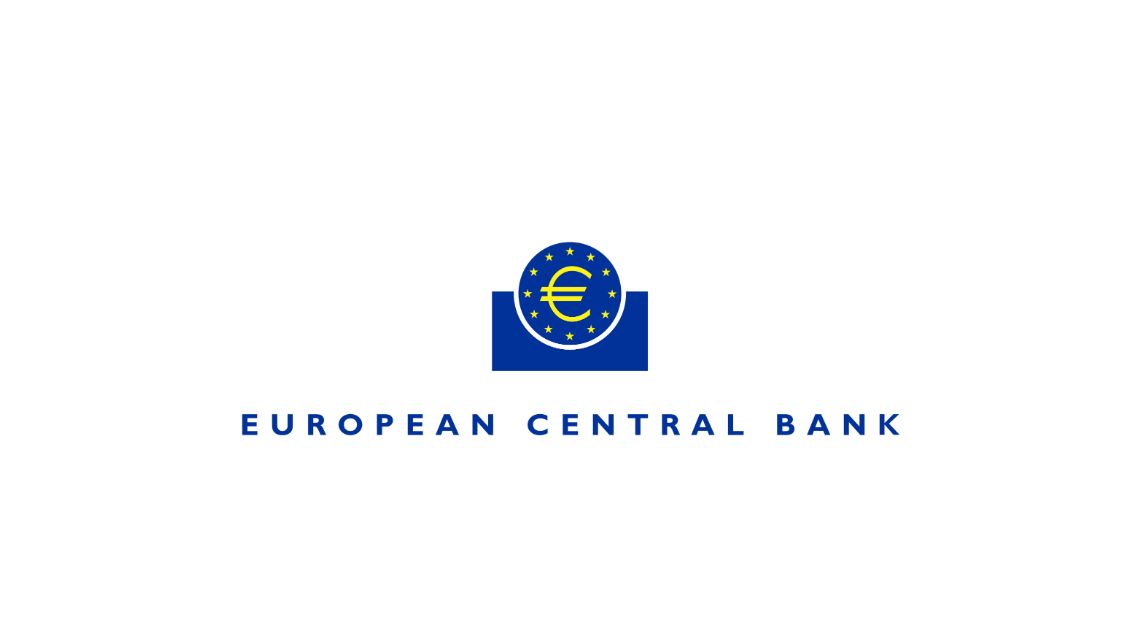
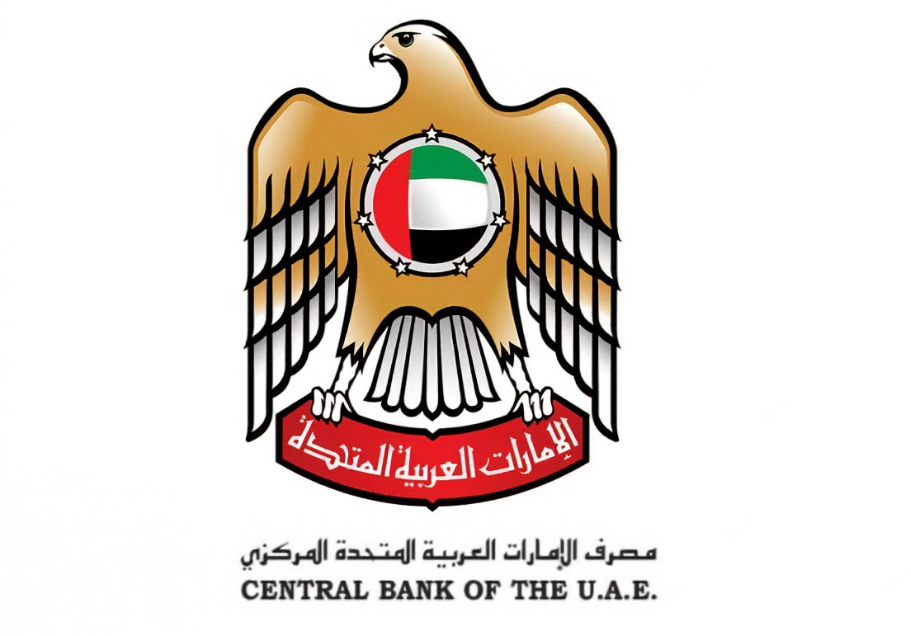
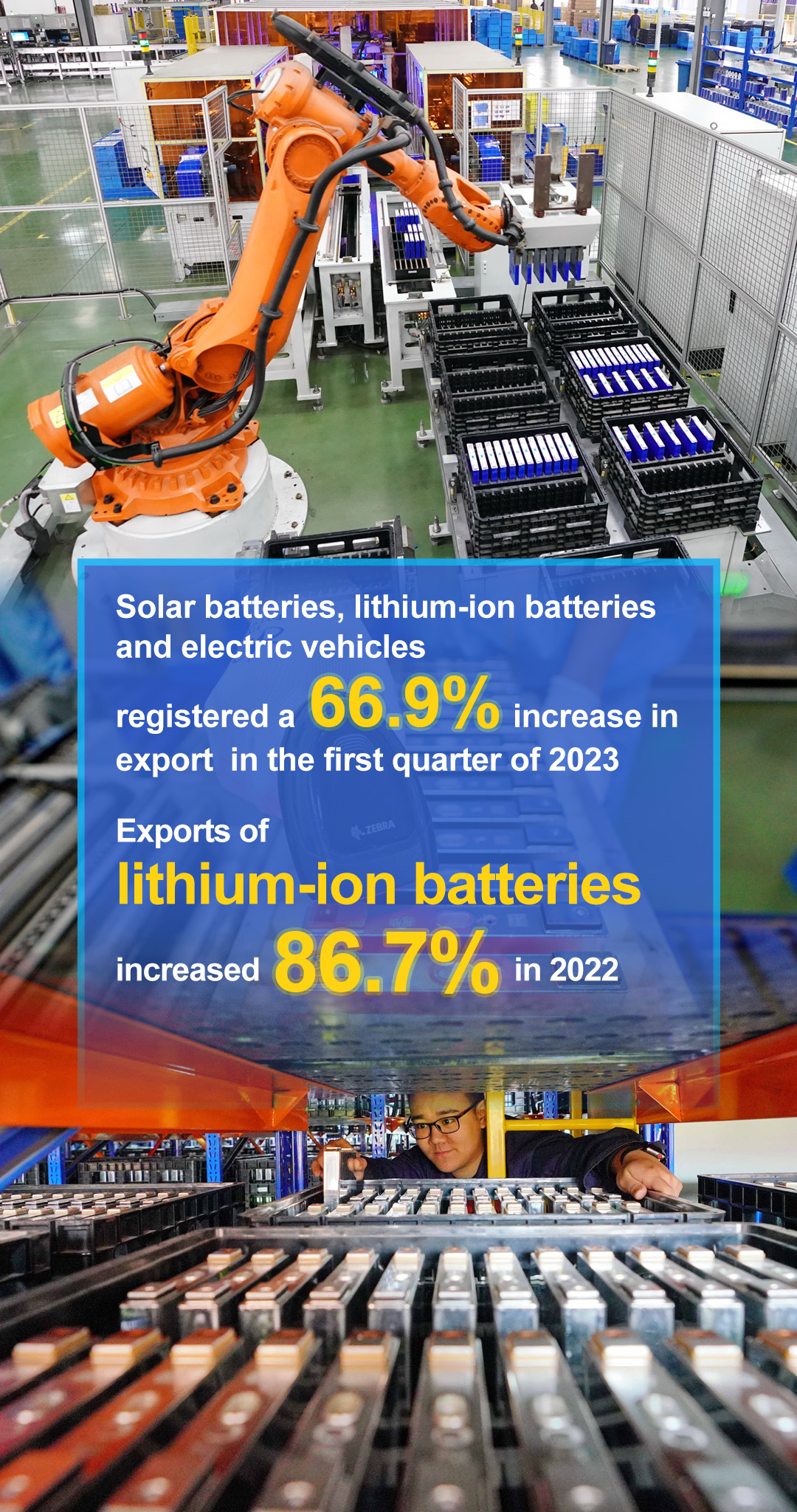




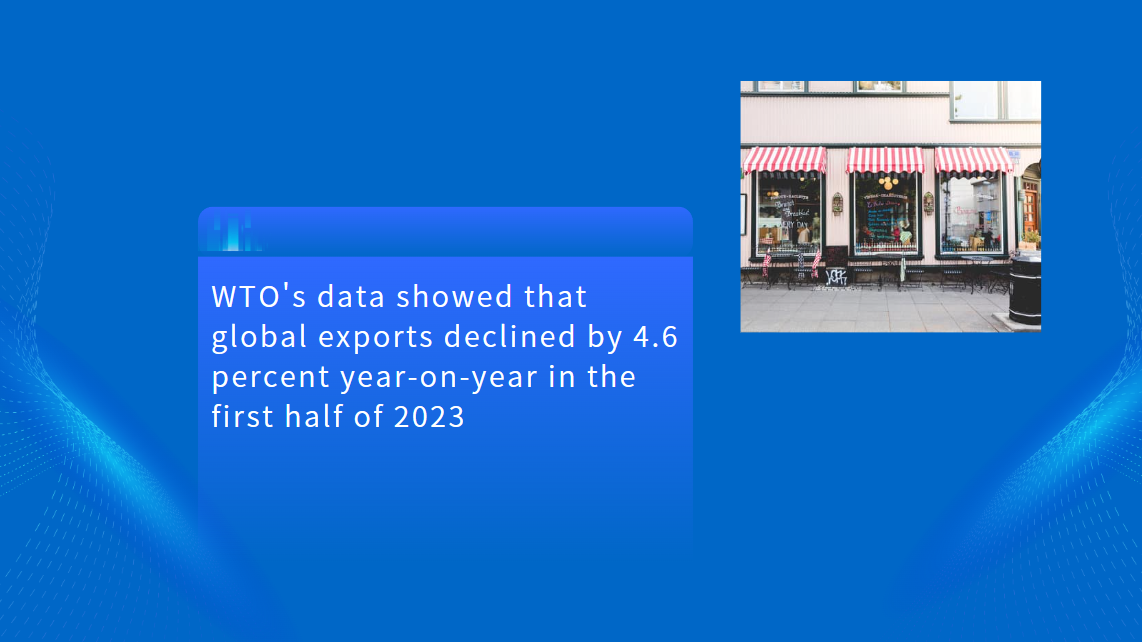
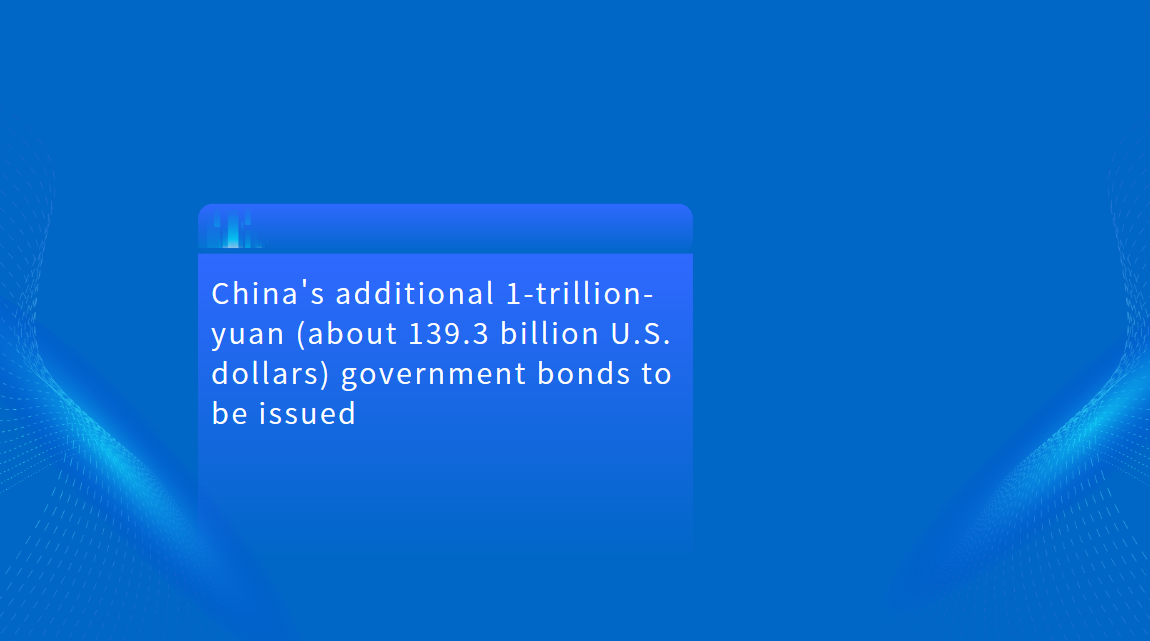




















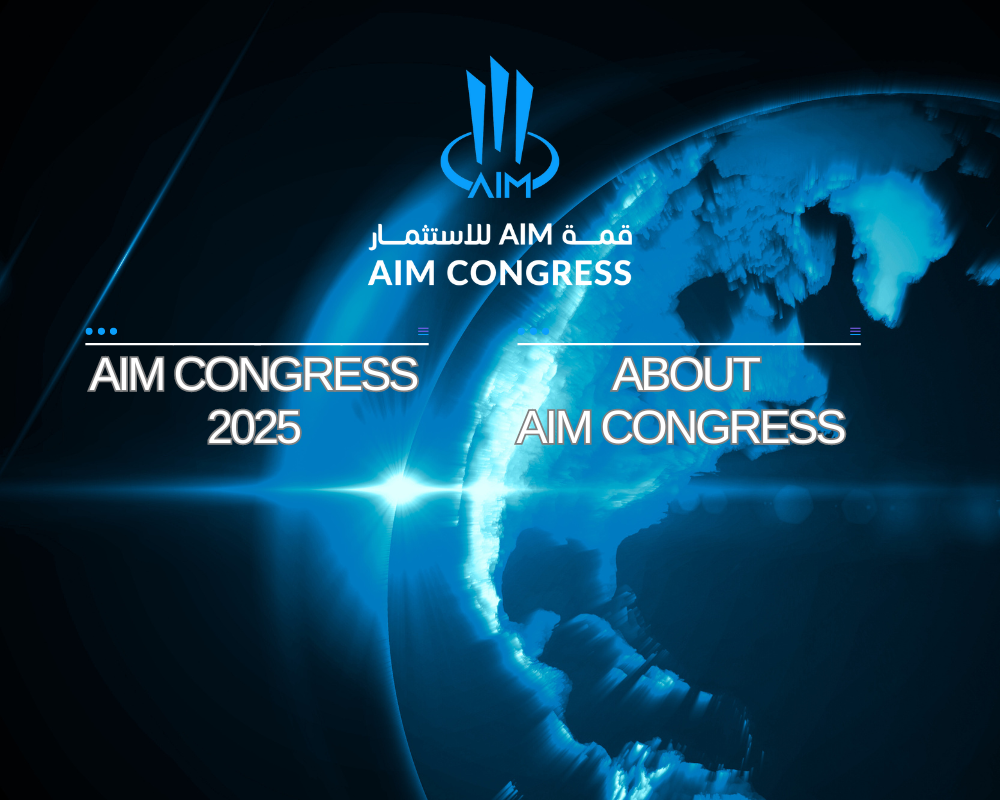












First, please LoginComment After ~